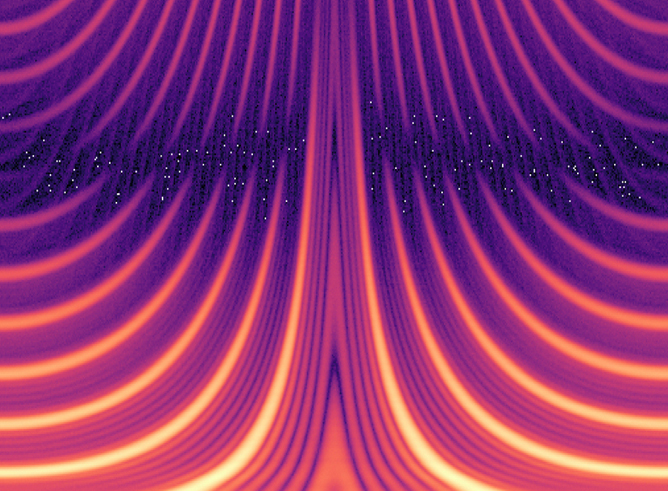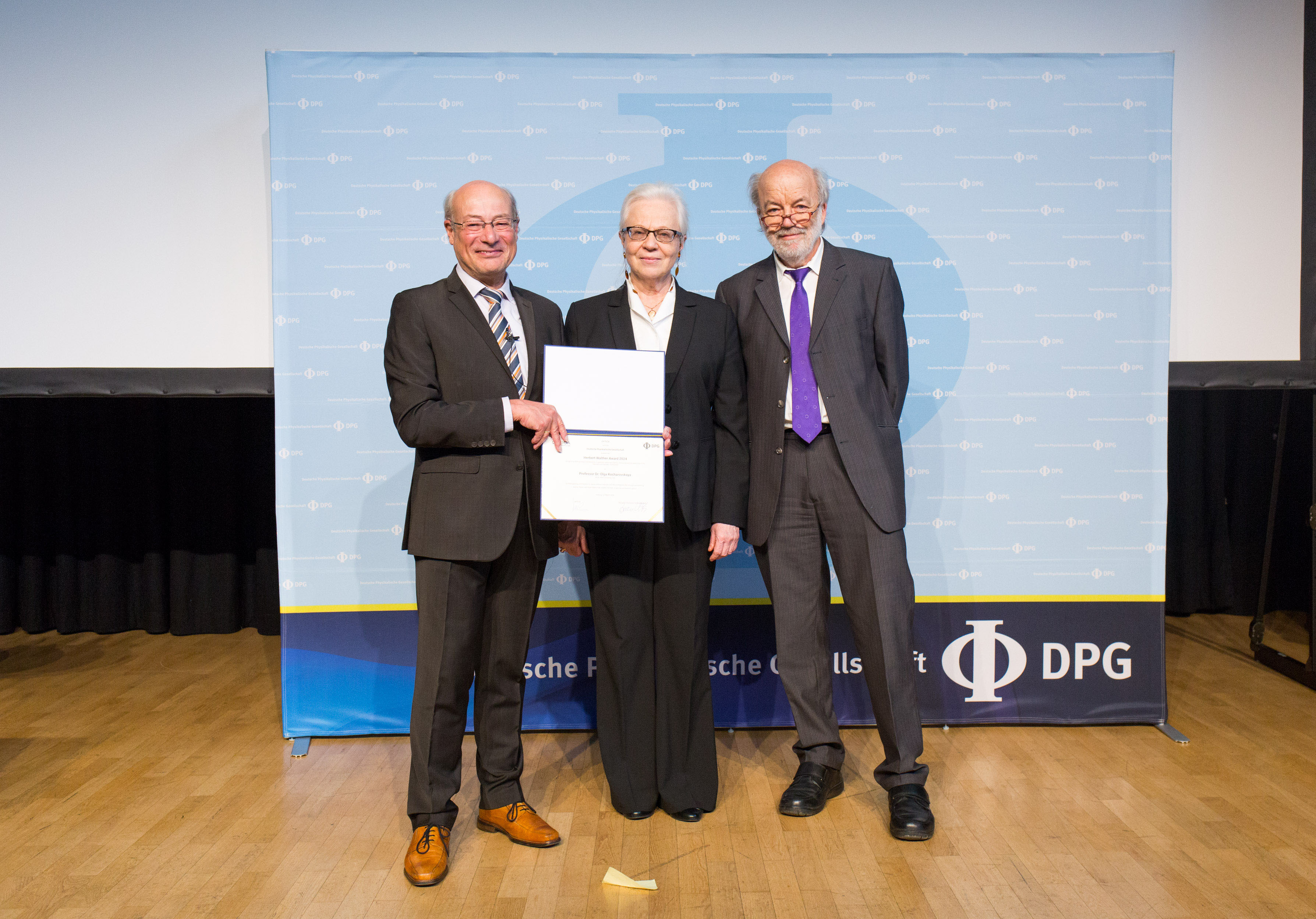
Light is an excellent carrier of information used not only for classical communication technologies but also increasingly for quantum applications such as quantum networking and computing. However, processing light signals is far more complex, compared to working with common electronic signals.
An international team of researchers including Dr. Olga Kocharovskaya, a distinguished professor in the Department of Physics and Astronomy at Texas A&M University, has demonstrated a novel way of storing and releasing X-ray pulses at the single photon level — a concept first proposed in earlier theoretical work by Kocharovskaya’s group — that could apply to future X-ray quantum technologies.
The team’s work, led by Helmholtz Institute Jena Professor Dr. Ralf Röhlsberger and performed using the synchrotron sources PETRA III at the German Electron Synchroton (DESY) in Hamburg and the European Synchrotron Radiation Facility in France, resulted in the first realization of quantum memory in the hard X-ray range. Their findings are published in the journal Science Advances.
“Quantum memory is an indispensable element of the quantum network, providing storage and retrieval of quantum information,” said Kocharovskaya, a member of the Texas A&M Institute for Quantum Science and Engineering. “Photons are fast and robust carriers of quantum information, but it is difficult to hold them stationary in case this information is needed at a later time. A convenient way of doing this is by imprinting this information into a quasi-stationary medium in the form of polarization or spin wave with a long coherence time and releasing it back via re-emission of the original photons.”

Kocharovskaya says several protocols for quantum memories have been established but are limited to optical photons and atomic ensembles. Using nuclear rather than atomic ensembles, she adds, delivers much longer memory times achievable even at high solid-state densities and room temperature. Those longer memory times are a direct result of the lower sensitivity of the nuclear transitions to perturbations by external fields, thanks to the small nuclei sizes. In combination with a tight focusing of the high-frequency photons, such approaches could lead to the development of long-lived broad-band compact solid-state quantum memories.
“The direct extension of the optical/atomic to X-ray/nuclear protocols proves to be challenging or impossible,” explains Dr. Xiwen Zhang, a postdoctoral researcher in Kocharovskaya's group who participated in the experiment and co-authored the team’s paper. “Thus, a new protocol was suggested in our earlier work.”
According to Zhang, the idea behind the team’s new protocol is very simple, at least in terms of quantum fundamentals. Essentially, a set of moving nuclear absorbers forms a frequency comb in the absorption spectrum due to the Doppler frequency shift caused by the motion. A short pulse with the spectrum matching a comb absorbed by such a set of nuclear targets will be re-emitted with the delay determined by the inverse Doppler shift as a result of the constructive interference between different spectral components.
“This idea was successfully realized in our current experiment featuring one stationary and six synchronously moving absorbers that have formed a seven-teeth frequency comb,” Zhang added.
Zhang says nuclear coherence lifetime is the limiting factor that determines the maximum storage time for this type of quantum memory. For instance, using longer-lived isomers than the iron 57 isotope the team chose for their current study would result in a longer memory time.
Regardless, he notes that working at a single-photon level without losing information qualifies the nuclear frequency comb protocol as a quantum memory, which is a first for X-ray energies. The next steps planned by the team include on-demand release of the stored photon wave packets, which could lead to realization of the entanglement between different hard X-ray photons — the main resource for quantum information processing. The team’s research also highlights the potential for extending optical quantum technologies to the short wavelength range, which is intrinsically less “noisy” due to averaging of fluctuations over a large number of high-frequency oscillations.
Kocharovskaya says the challenging possibilities are intriguing and that she and her collaborators look forward to continuing to explore the potential of their tunable, robust and highly versatile platform to advance the field of quantum optics at X-ray energies in the near future.
Kocharovskaya's research was supported in part by the National Science Foundation (Grant No. PHY-2012194 "Quantum Optics with Ultra-Narrow Gamma Resonances").
